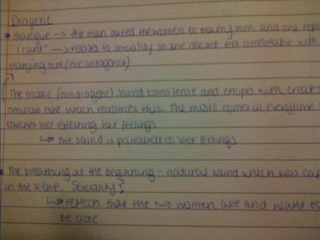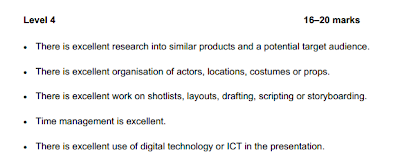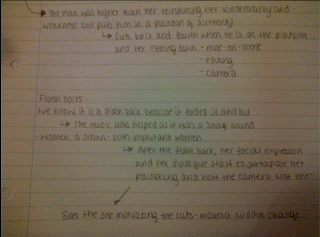The History Of The Thriller Genre
I have decided to look into the history of the thriller genre so me and my group could have a more advanced understanding on how the genre has changed and adjusted through the years. The main reason why the thriller genre changes is because the audience start to change and become less scared as the story line became almost predictable to them. Below is some facts on the history of thrillers:
Thriller is a genre which is used in several aspects of media such as television, film and literature. Thriller is used in these to create suspense, excitement and tension. The most common use of sub genres to the thriller history are mystery and psychological thrillers. This may be because of the story lines which has been used. Thriller is very similar to the horror genre as both use suspense and atmosphere to cause feelings of dread to their audiences. The genre of thriller developed from well known and popular novels, the novels were then used for ideas which people reproduced into a film. A film is portrayed as a thriller when the story line gives the audience thrillers and keeps them on the 'edge of their seats' as the plot builds up towards the climax. The tension is usually built up by a character being placed in a menacing situation, a mystery or a trap which seems impossible to escape. There is also use of life threatened during a thriller film, as the main character is usually unsuspectingly or unknowingly involved in an extremely dangerous situation.
Here is an example of a 1930's thriller film:
Here is an example of a a Thriller film which was produced in 1963. (Around 30 years later)
Here is the last example - a 2012 Thriller film.
I have looked at each one of these trailers and you can clearly see how the thriller genre has changed. One major change in the thrillers is that when it goes on, it gets more dark and scary as the audience expectations raise higher. The first film which was made in 1930 would arguably not be placed into the thriller genre if it was made today as people would not be on "the edge of their seats" so this arguably goes against the conventions of what a thriller needs to make an audience feel. The second one improves, as you can tell it is very mysterious by the dialogue but still I do not think it would create enough suspense of tension for audiences these days. However, the last example: The Cabin In The Woods, would be in the thriller section as when watching the trailer it built up tension through the use of music, sound camera angles mise-en-scene etc.
Overall, doing this task has helped me as I now have a more advanced insight on how the thriller genre has changed over the years and what the audience expect from a thriller film. I can tell by looking at each of the trailers that by over time thrillers have become more scary. This helps me and my group as we need to make sure we create the tension and suspense so that the audience will be "on the edge of their seat" as we need to create a successful opening. I also feel as if I have a better knowledge on thrillers in general by doing this task.










































